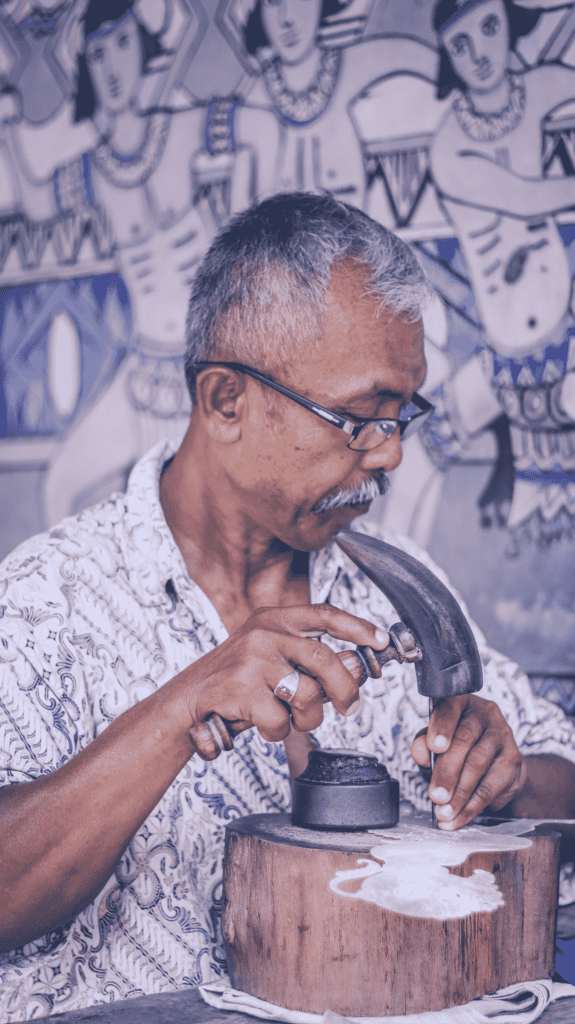 Ageism is personal.
Ageism is personal.
It’s also tricky, mainly because its consequences and impact are only truly understood once you’ve crossed some invisible line that marks you as “old.” Before that time, it remains largely invisible.
Ageism affects us all—yet we wait for it to hit us in painful and surprising ways before realizing the role we’ve played in perpetuating ageist views and structures all along. Many people recognize that prejudice exists when we see an “Other.” In the case of ageism, the Other is often our future self.
Why, then, when it is a prejudice destined to impact 100 percent of the working population, is ageism not included as a dimension of diversity, equity, and inclusion (DEI) strategies within organizations?
Of course, ageism doesn’t only impact us later in our careers. Younger employees also experience ageism, both by co-workers and when they impose it on themselves. Their knowledge and perspectives are discounted by older supervisors and colleagues, at the same time that they refer to themselves as the “baby” on a team despite wanting their expertise and opinions to be valued.
The first step in addressing any prejudice is to be aware when it has occurred.
We’ve become highly attuned to recognizing sexism, racism, and homophobia. But when it comes to ageist comments or acts, we remain woefully unaware. Ageism remains pervasive and invisible.
Two conversations, separated by seven years, come to mind that highlight how the invisibility of ageism affects workplace decision-making and creates artificial limits and crises.
The first time I talked with Emree Siaroff, now Challenge Factory’s Vice President of Consulting and Leadership, he was a client. As the CHRO at a global engineering firm, he’d been asked to address their ageing workforce problem. In our early discussions, I shared with him data and materials that show how ageing is not “a problem.” It’s an opportunity.
By updating our understandings of just how long today’s true “working life” is, we can all help eliminate biases that place artificial limits on employee potential and performance expectations. Changing employer expectations and behaviours can turn an impending retirement crisis into a renewed workforce model where both older and younger workers thrive.
I also shared with Emree that career changes later in life impact an individual’s sense of identity, and transitions will go smoother if employees receive individual support. Older workers looking at their own future often need help recognizing that they have a variety of options.
Emree took me up on providing support to individual employees. How the organization might change structurally to adjust to longer life expectancies and get out ahead of demographic shift was seen as optional and not necessary, even if it made good sense.
Recently, Emree and I revisited that conversation.
Now part of the “older worker” cohort himself, and having spent more than a year in a leadership role at Challenge Factory, Emree said that if he had the opportunity to go back and do it all over again, he’d focus on organizational change. While he’d known that ageist structures and assumptions were likely at play, the true cost of outdated career structures only hit home once he was in a position to be personally impacted.
Emree’s journey is a common one. Right now, we will all be in a position to be personally impacted one day. Why not change that?
This issue of Workforce Architecture addresses ageism from a variety of lenses.
We discuss five questions that organizational leaders should be asking about the fall of hybrid work. You’ll learn about pandemic pains and gains from three intergenerational perspectives, as well as why organizations should be fostering intergenerational triads. You’ll watch a shareable explainer video about powerful flips on ageism. We connect ageism and DEI to the Sustainable Development Goals (SDGs) to understand impact work in Canada’s career development sector, and we give you an opportunity to be part of our research exchange by imagining your own impact using the SDGs.
The more we get used to calling out ageism and the role that age plays in our everyday interactions, the faster we can ensure policies, organizations, and individuals enjoy full, long-life careers that maximize potential. No matter your age, it’s time to get to work.
Lisa Taylor, President, Challenge Factory
